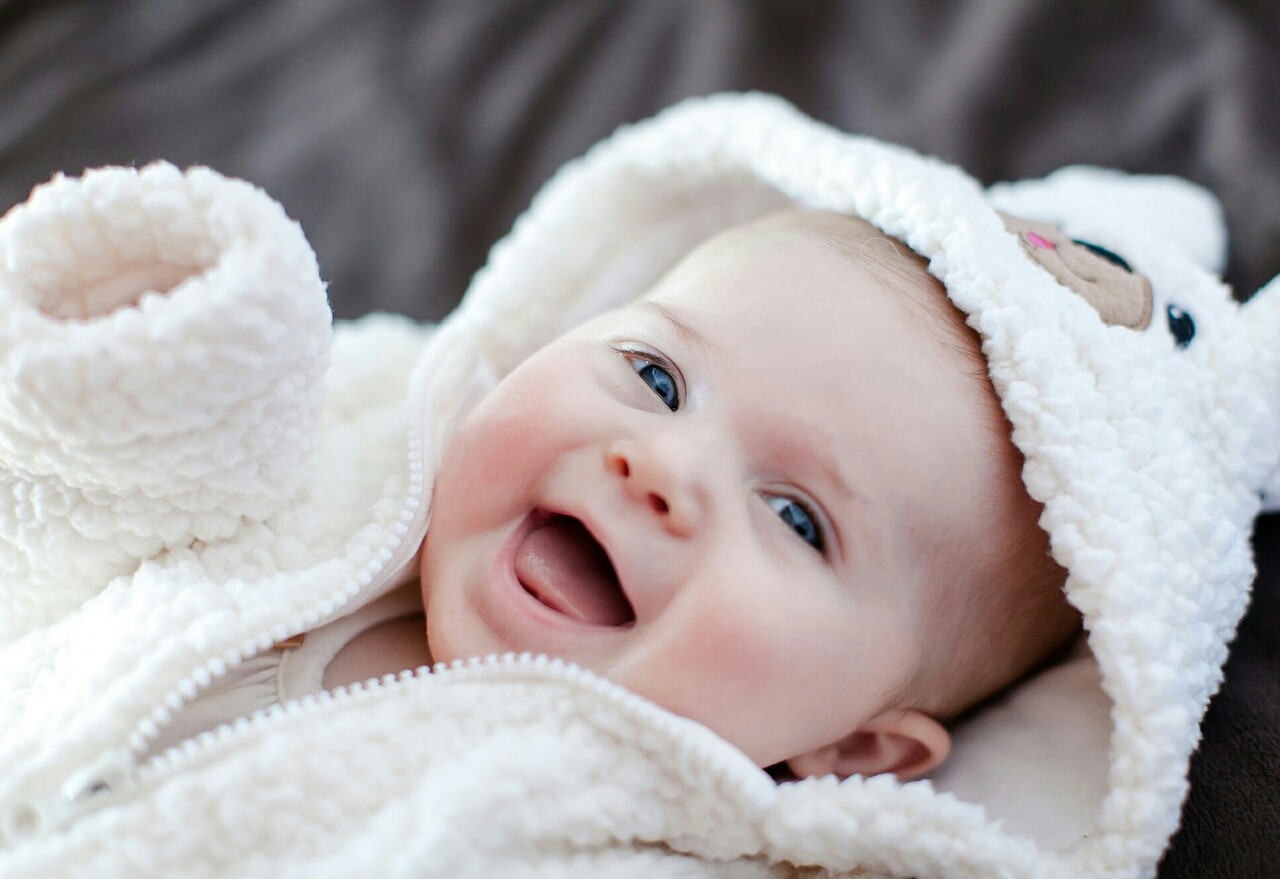Selecting the right baby sleepwear is more than just a matter of comfort; it’s essential for your baby’s safety and sleep quality. Babies need clothing that keeps them cozy but does not restrict movement or pose any hazards. Since newborns and young infants can’t regulate body temperature well, they rely on their sleepwear to help manage it. Overheating or being too cold can lead to discomfort and even disrupt their sleep cycles. The best baby sleepwear regulates body temperature effectively, staying warm in cooler temperatures and breathable in warmer ones.
Additionally, safety is a primary concern. Loose fabrics or overly thick sleepwear can increase the risk of suffocation or Sudden Infant Death Syndrome (SIDS). Look for snug-fitting garments without excess fabric, and avoid clothing with loose buttons or strings. High-quality baby sleepwear promotes a secure and comfortable environment that encourages peaceful sleep. The correct balance between snugness and breathability will ensure your baby has a restful night while allowing you to feel assured of their comfort and safety. This is especially crucial during the early stages of life when quality sleep is essential for growth and development.
Types of Baby Sleepwear
Baby sleepwear comes in many styles, each serving a specific purpose based on your baby’s age and needs. Onesies and bodysuits are popular options for all ages, as they provide full-body coverage while being easy to put on and take off. They’re suitable for all seasons, as they can be layered with other pieces or worn alone in warmer months. For newborns, swaddles and sleep sacks mimic the feeling of the womb, offering a sense of security that helps soothe babies to sleep. Swaddles restrict limb movement, reducing the startle reflex, while sleep sacks are a safe alternative to loose blankets as babies grow older.
Pajama sets are ideal for toddlers who are more mobile and require freedom of movement. Footed sleepwear adds warmth and ensures feet stay covered, especially useful for cooler climates. Each type of baby sleepwear has unique advantages suited to various sleep stages and environments. The key is selecting sleepwear that complements your baby’s developmental needs while keeping comfort and safety in mind. Matching the sleepwear to the environment ensures that your baby will sleep soundly, regardless of the season.
Best Fabrics for Baby Sleepwear
Choosing the right fabric for baby sleepwear is crucial to your baby’s comfort and safety. Babies have sensitive skin, so it’s essential to select fabrics that are soft, breathable, and free of harmful chemicals. Organic cotton is one of the best materials, as it is hypoallergenic, breathable, and gentle on delicate skin. Cotton also helps regulate temperature effectively, keeping babies comfortable in warm and cool conditions alike. Bamboo fabric is another excellent option due to its natural breathability and moisture-wicking properties. Bamboo fibers help babies stay cool and dry, which is especially beneficial for those who tend to sweat at night. For colder climates, merino wool offers warmth without overheating.
Merino wool adjusts to body temperature and provides insulation without being bulky. It also has natural antibacterial properties, helping keep baby sleepwear fresh for longer. Avoid synthetic fabrics like polyester, which can trap heat and irritate the skin. Choosing high-quality, natural fabrics ensures that your baby’s sleepwear is soft and safe, allowing them to sleep peacefully without irritation or discomfort.
Seasonal Considerations for Baby Sleepwear
Choosing season-appropriate baby sleepwear and baby products is key to ensuring a cozy night’s sleep, no matter the weather. In warmer months, lightweight fabrics like cotton and bamboo are ideal. These materials allow air to circulate freely, preventing overheating. Short-sleeved onesies or thin bodysuits provide coverage without causing discomfort. As temperatures drop in cooler months, layering becomes crucial. Start with a soft base layer, like a cotton or wool onesie, and add footed pajamas or a sleep sack to retain warmth.
In especially cold climates, merino wool sleepwear can provide excellent insulation without overheating. Sleep sacks or wearable blankets are safer alternatives to loose blankets, providing warmth without the risk of covering your baby’s face. Ensuring the baby’s room stays at a comfortable temperature (around 68 to 72 degrees Fahrenheit) can also make a big difference in their comfort and sleep quality. Adjusting sleepwear and baby accessories based on seasonal changes helps maintain a consistent sleep environment, ensuring your baby stays comfortable and sleeps undisturbed through the night, regardless of weather fluctuations.
Tips for Maintaining and Extending the Life
Maintaining baby sleepwear properly ensures it stays soft, safe, and durable over time. Begin by using gentle, fragrance-free detergents, as harsh chemicals can irritate your baby’s sensitive skin. Always wash baby sleepwear separately from regular laundry to avoid exposure to abrasive materials or zippers that could cause wear. Air drying or using a low-heat setting for drying helps preserve fabric quality, preventing shrinkage and keeping the material soft. Regularly inspect sleepwear for wear and tear, including loose threads or buttons, which could pose safety risks. Repair or replace any damaged pieces promptly. Storing outgrown or seasonal sleepwear in a dry, cool place keeps it fresh for future use or hand-me-downs.
Additionally, investing in high-quality fabrics pays off in the long run, as they are more resistant to wear and retain their softness. With proper care, baby sleepwear can maintain its shape and texture, ensuring it stays comfortable and safe for every sleep. Quality sleepwear, well-maintained, supports a restful night’s sleep, creating a lasting impact on your baby’s sleep routine.




